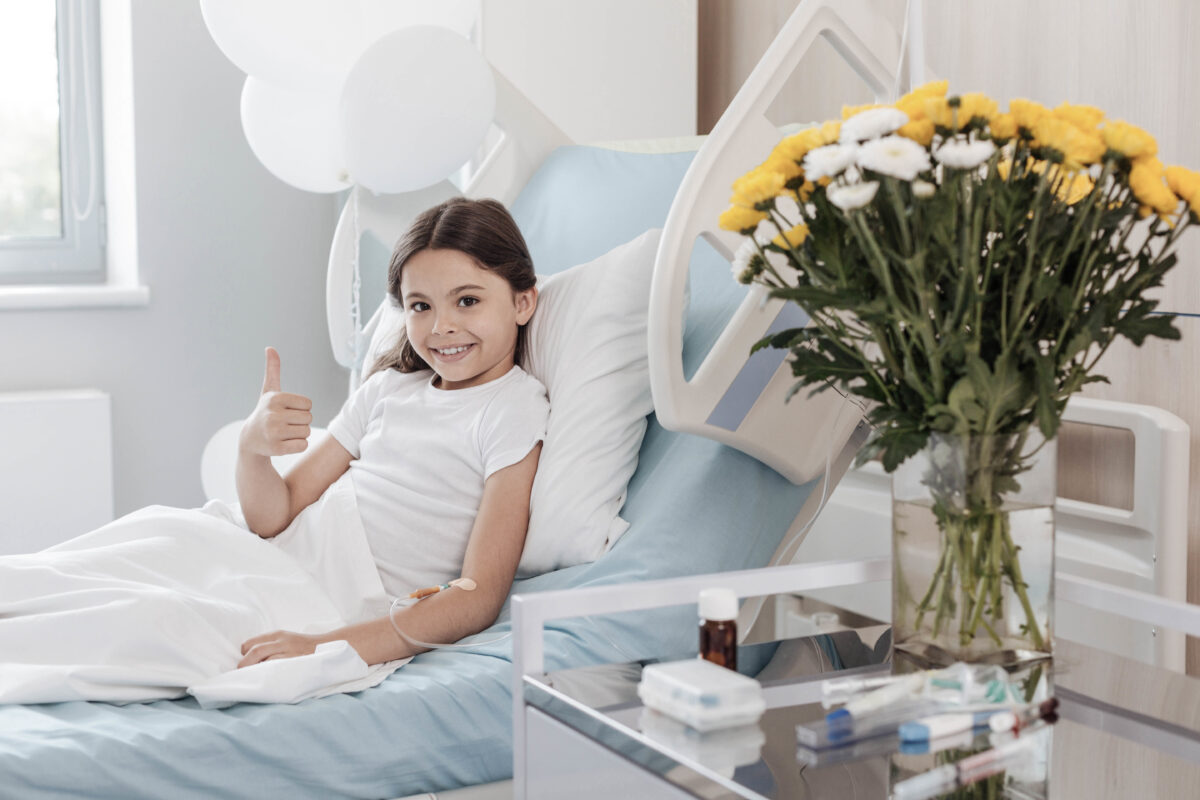New Device Protects Young Patients Under Anesthesia

Administering anesthesia is a high-risk situation, particularly with young patients.1 Any delay in the detection of breathing problems can impede the implementation of rescue measures. This can lead to insufficient oxygenation to the brain and heart, which may result in neurologic and cardiac damage or death.2
With young patients under anesthesia, respiratory problems can be subtle and thus hard to recognize.3 Under anesthetics or sedatives, a patient’s ability to protect their breathing degrades.Conditions, like laryngospasm, can develop quickly and impair breathing.3 It can be difficult to pinpoint when a patient has reached a critical point and when early intervention is necessary.1 Current methods of detection in pediatric patients for these conditions rely on a clinician’s expertise and physical cues from the patient. These signs are difficult to teach for they often rely on an anesthesiologist’s accumulated knowledge.4 It is thus hard to adequately prepare prospective anesthesiologists for pediatric patients that have been anesthetized with inhalation agents.3
To remedy these issues and help teach the next generation of anesthesiologists, Dr. Guelay Bilen-Rosas, a Pediatric Anesthesiologist at UW Health, began working with the Morgridge Institute for Research, an independent biomedical institute in partnership with the University of Wisconsin-Madison.3,5 An assistant professor within the Department of Anesthesiology, Dr. Bilen-Rosas wanted to create a way for clinicians to promptly detect dangerous sedation pathologies.2,3 Partnering with the Fab Lab at the Morgridge Institute for Research, Dr. Bilen-Rosas helped design a real-time monitor that could alert doctors to a deteriorating patient.1
The hope was to create a monitor that could be incorporated into anesthetics and one that would help identify dangerous situations. Dr. Bilen-Rosas hoped that “by developing something…it will give a faster, easier insight into the trainees. How to learn to detect airway changes.”4
The Fab Lab, led by director and principal investigator Kevin Elliceiri, is a collaborative facility that can assist in experimental phases of a research effort, specifically by generating early-stage prototypes and novel research tools.6,7 Working in conjunction with engineers and engineering students at the Lab, Dr. Bilen-Rosas to brought her vision into reality. She teamed up with Morgridge medical engineer Robert Swader, Morgridge assistant engineer Ben Cox, and UW-Madison postdoctoral fellow Quinton Guerrero to develop her new device.3 Their efforts were aided by the BerbeeWalsh Prototype Pathway, which funds collaborations between University of Wisconsin-Madison clinicians and Medical Engineering undergraduates at the Fab Lab.5
The team of engineers and students developed an initial prototype, which they called the Respiratory Obstruction Airway Monitor (ROAM).1 On the development of the device, Dr. Bilen-Rosas said, “It was a continuous collaboration. Questions and answers. An iterative process.”4 After several semesters more of input, the brick-like prototype was made smaller and sleeker. Improvements were also made to the algorithms and interfaces. Additionally, a touchscreen was added.1,3
The new device detects the critical threshold when a patient’s breathing dips below safe levels. It sends audible or visual alarms to the anesthesiologist, all meant to communicate, “Now is the time to intervene. Now is the time to do the measures needed to start troubleshooting.”3
- Anderton, Kate. “Developing a New Device to Protect Young Patients during Anesthesia.” News-Medical, 14 Oct. 2019, https://www.news-medical.net/news/20191014/Developing-a-new-device-to-protect-young-patients-during-anesthesia.aspx.
- “Bilen-Rosas Laboratory.” Bilen-Rosas Laboratory – UWSMPH – Department of Anesthesiology, University of Wisconsin-Madison, 2019, https://www.anesthesia.wisc.edu/index.php?title=Bilen-Rosas_Laboratory.
- Bilen-Rosas, Guelay. “Protecting the Most Vulnerable Patients during Anesthesia.” Path to Better Health, Morgridge Institute for Research, 5 Nov. 2019, https://morgridge.org/story/safeguarding-the-most-vulnerable-patients/.
- “Path to Better Health: Safeguarding the Most Vulnerable Patients.” Vimeo, Morgridge Institute for Research, 30 July 2019, https://vimeo.com/351054746.
- “BerbeeWalsh Foundation Prototype Pathway.” Fab Lab, Morgridge Institute for Research, 2019, https://morgridge.org/research/medical-engineering/fab-lab/prototype-pathway/.
- “Our Mission.” About, Morgridge Institute for Research, 2019, https://morgridge.org/about/.
- “The Fab Lab.” Medical Engineering, Morgridge Institute for Research, 2019, https://morgridge.org/research/medical-engineering/.
